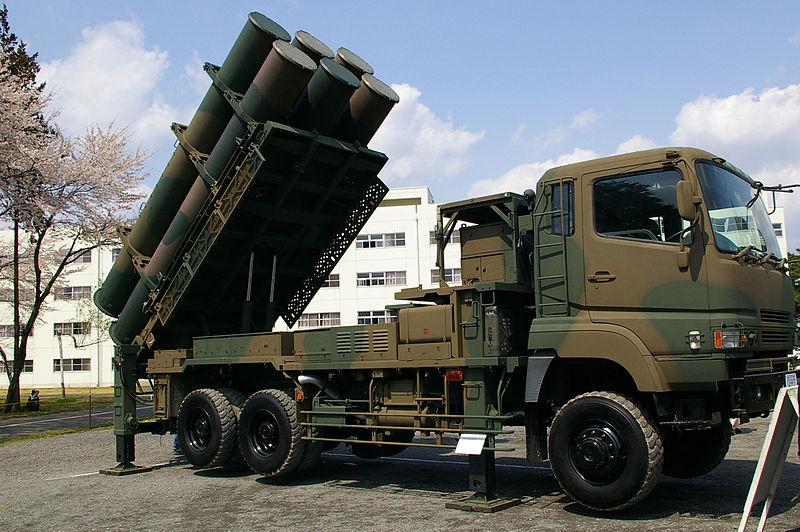
Earlier this month Army released a discussion paper on a Joint Archipelagic Manoeuvre Concept. It’s a brief document, so probably still a work in progress. An idea at its heart—the support of air and sea operations from Land— is an important one, and certainly worthy of exploration by Australia and our allies. But as Army develops the idea, it’s vital to distinguish more clearly between ‘sea control’ and ‘sea denial’. That might just sound like semantics, but it has real operational implications.
The paper says (and here’s the full document):
…The ADF…must be capable of applying focused maritime control operations that deny an adversary’s access to, or ability to control, the key routes within a maritime archipelagic environment, and mounting and leading expeditionary stability operations in our immediate region.
And later: an Army…
…equipped for Joint Archipelagic Manoeuvre will possess sufficient combat weight and highly survivable land based capabilities that can contribute to sea and air control bubbles adjacent to key strategic maritime choke points…
It’s an appealing idea—that land forces near a coast could help provide ‘bubbles’ of sea control, keeping adjacent maritime assets or commercial vessels mostly safe from harm. But sea control is a state of affairs, not an operation. According to the navy (see Australian Maritime Doctrine), a force has sea control if it has ‘the freedom of action to use an area of sea for its own purposes for a period of time’, and that rests on being able to keep ships afloat.
But the effectiveness of weapons systems against surface vessels is on the upswing—in today’s world, it’s hard to keep large vessels above the waves against a capable adversary like China. It’s not plausible that Australia could set up a ‘bubble’ within which we could protect ships against longer range anti-ship cruise missiles, or (if the terminal-seeking capacity is up to scratch) a DF-21D.
One idea from this paper that might work is equipping and using our land forces to enhance our capacity to do maritime denial further from our own borders. We couldn’t keep our own ships safe, but we could make it harder for an adversary to generate their own sea control.
Even executing that maritime denial concept would require a plan for how to move land forces around the archipelago to our north (or anywhere else we’d like to use this concept) while potentially facing significant risks to the ships we would be relying on for troop movement.
There are some ideas that might provide leverage in addressing that problem. Swarm tactics. For example, emphasise safety in numbers, without providing a single high-value target of the kind to attract the DF-21D targeteers. Plus, if you lose one small platform you lose less of your force than if you lose a big platform, for the same cost to the adversary.
We also couldn’t rely on a denied area to provide the protection needed for staging further advances, unlike a control bubble. So, again, the distinction between whether we could control or only deny a space matters for operations.
But precisely because it could be so hard to defend surface vessels, using land forces to provide more survivable maritime denial is both appealing and valuable. That means there’s some important work to be done on the Army’s Joint Archipelagic Manoeuvre Concept. In fact, the use of land forces in this kind of operational environment is a topic we are looking into at ASPI right now.
Harry White is an analyst at ASPI. Image courtesy of Wikipedia.